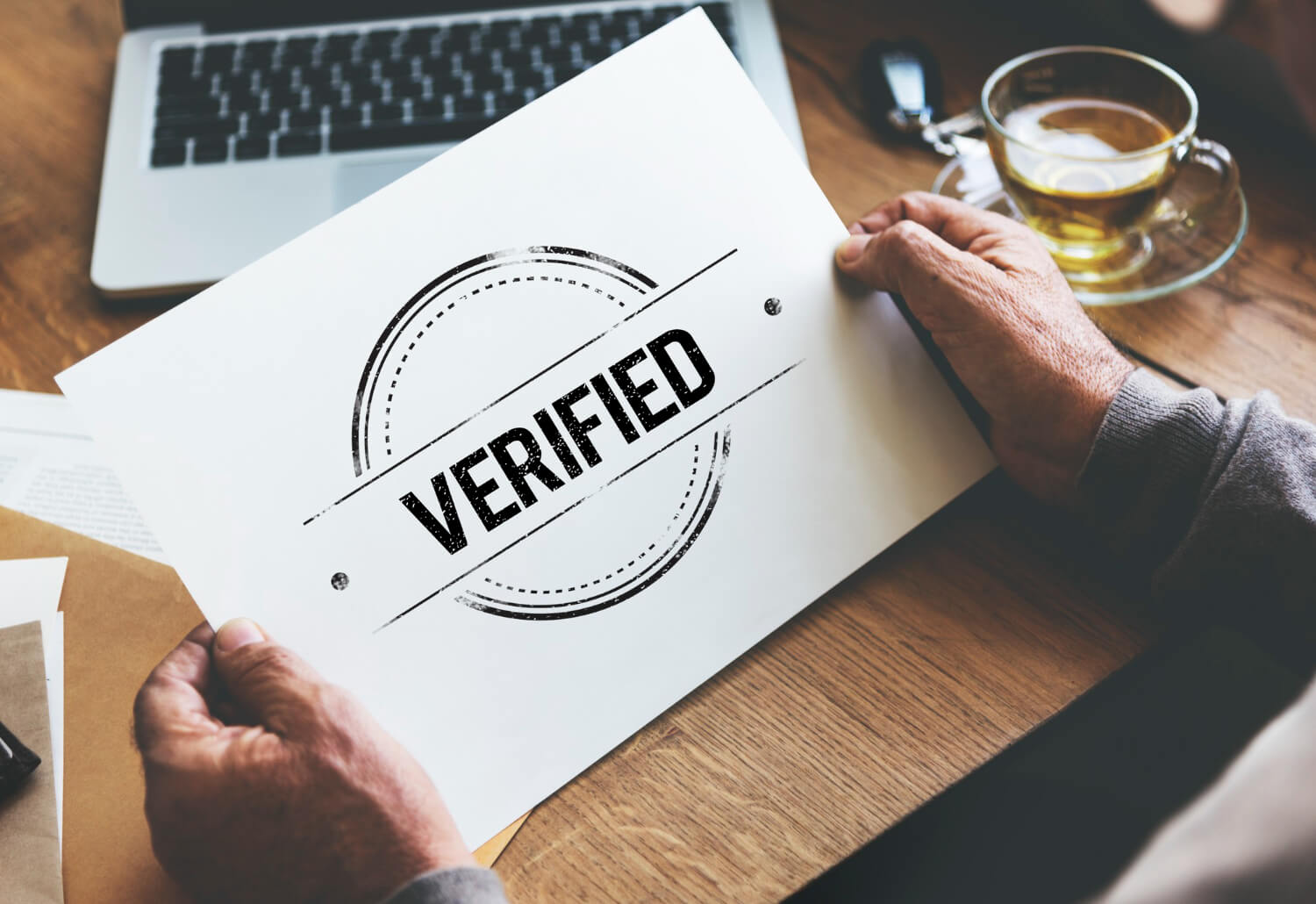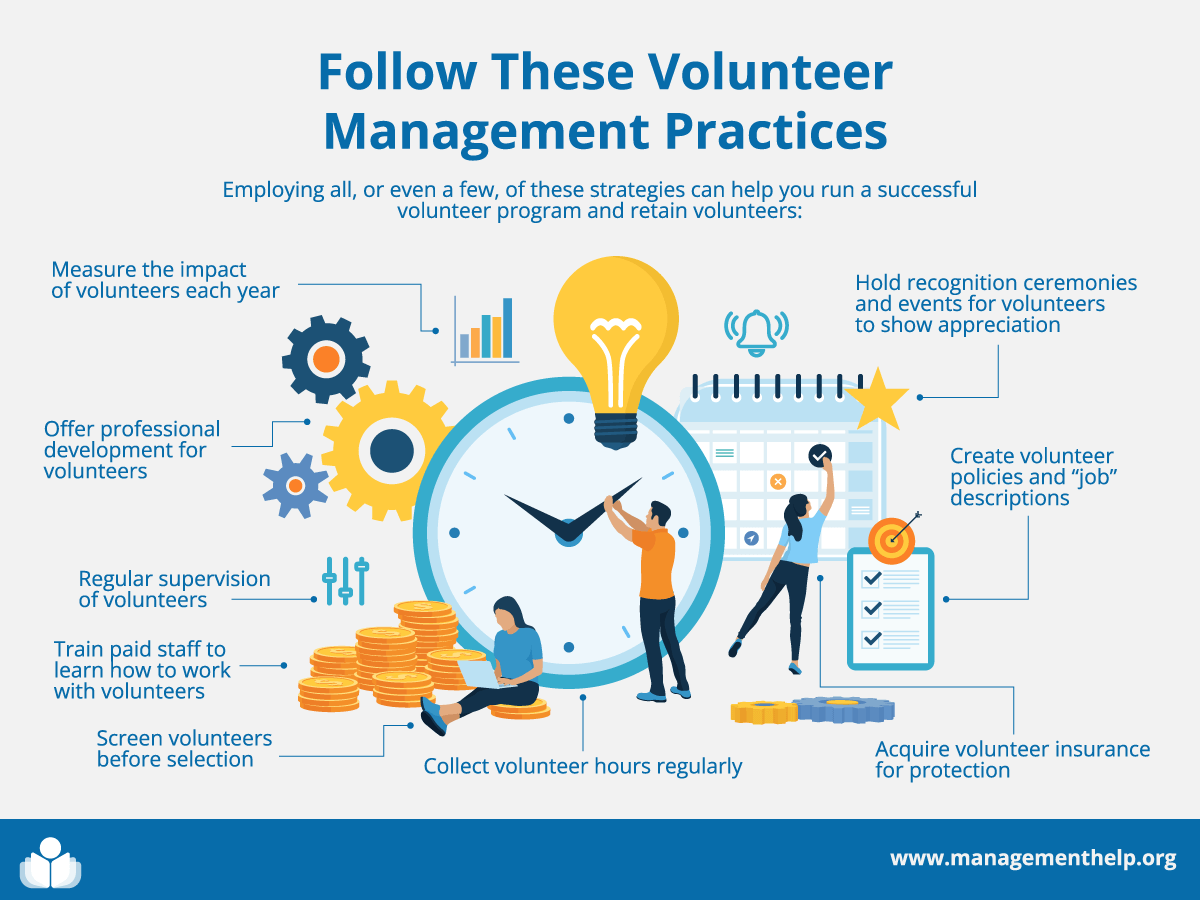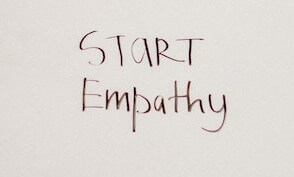Business Resources
Most Popular
Business Development — Growing Your For-Profit or Nonprofit Organization © Copyright Carter McNamara, MBA, PhD Whether your organization is a for-profit or nonprofit, you have to address certain considerations and make certain decisions if you set out to intentionally expand — or grow — your organization, products and/or services. You can grow your organization, products …
Basic Overview of Various Strategic Planning Models Learn Strategic Planning Without Incurring Travel Costs! The Series Facilitating Strategic Planning from the Consultants Development Institute provides virtual courses and numerous downloadable tools to learn to facilitate strategic planning. Concurrently you customize your own relevant and realistic Strategic Plan and earn a Certificate in Facilitating Strategic Planning. …
Basic Guide to Program Evaluation (Including Outcomes Evaluation) © Copyright Carter McNamara, MBA, PhD, Authenticity Consulting, LLC. Much of the content of this topic came from this book: This document provides guidance toward planning and implementing an evaluation process for for-profit or nonprofit programs — there are many kinds of evaluations that can be applied …
Problem Solving and Decision Making (Solving Problems and Making Decisions) © Copyright Carter McNamara, MBA, PhD, Authenticity Consulting, LLC. Sections of This Topic Include Test – What is Your Personal Decision-Making Style? Guidelines to Rational Problem Solving and Decision Making Rational Versus Organic Approach to Problem Solving and Decision Making General Guidelines to Problem Solving …
General Guidelines for Conducting Interviews © Copyright Carter McNamara, MBA, PhD, Authenticity Consulting, LLC. Adapted from the Field Guide to Consulting and Organizational Development. Sections of This Topic Include Introduction Preparation for Interview Types of Interviews Types of Topics in Questions Sequence of Questions Wording of Questions Carrying Out Interview Immediately After Interview Other Resources …
Goal Setting with Employees — What Should Employees Work On? © Copyright Carter McNamara, MBA, PhD, Authenticity Consulting, LLC. Adapted from the Field Guide to Leadership and Supervision in Business and Field Guide to Leadership and Supervision for Nonprofit Staff. Strongly Suggested Pre-Reading How to Ensure Strong Employee Performance Management Sections of This Topic Include …
Understand Generational Differences: Guidelines and Resources © Copyright Carter McNamara, MBA, PhD Sections in This Topic Include What Are Generational Differences? Overview of Perceived Differences Between Generations Are Generational Differences a Myth? Guidelines for Managing Different Generations Also consider Related Library Topics What Are Generational Differences? What is a Generation? Before we go on to …
What is Supervision? How Do I Supervise? Comprehensive, practical book by Carter McNamara The guidelines and resources in this topic are not sufficient to develop strong competencies in supervision. Those competencies come from extensive experience in applying that information. Sections of This Topic Include What is Supervision? To Truly Understand Supervision, Be Acquainted With Its …
More in Business Resources
How to Develop Skills in Empathy Test – How Good Are Your Empathy Skills Now? Understand Your Biases and How They Affect Others How to Put Yourself “in Their Shoes” – Skills in Empathy Additional Perspectives on Developing Skills in Empathy Also consider Related Library Topics Test – How Good Are Your Empathy Skills Now? …
How to Help Others Through Emotional Pain © Copyright Carter McNamara, MBA, PhD Sections of this Topic Include We Too Often Help in the Wrong Way Here is the Best Way How to Help With COVID-19 Pandemic Support Your Friends, Start Support Groups Other Useful Library Topics When we try to help someone in emotional …
How to Deal With Difficult People How Agreeably Disagree in 4 Steps 5 Ways to Foster Healthy Communication in Conflict Situations Additional Perspectives on Dealing With Difficult Employees Also consider Related Library Topics How to Manage Conflict With Another Person Learn More in the Library’s Blogs Related to This Topic In addition to the articles …
How to Deal With Conflict Sections of this Topic Include Clarifying Confusion About Conflict Types of Managerial Actions That Cause Workplace Conflicts Key Managerial Actions / Structures to Minimize Conflicts Ways People Deal With Conflict To Manage a Conflict with Another Person Additional Perspectives on Conflict Management General Resources About Conflict Management Also consider Related …
Building Trust Critical Ingredients for Building and Maintaining Trust Various Perspectives on Building Trust Also consider Related Library Topics Learn More in the Library’s Blogs Related to Building Trust In addition to the articles on this current page, see the following blogs which have posts related to Building Trust. Scan down the blog’s page to …
Cultivating Innovation and Creativity in the Workplace Sections of This Topic Include About Innovation Leading Innovation Linking Innovation in Operations Perspectives on Innovation Perspectives on Creativity Also consider Creative Thinking Related Library Topics Learn More in the Library’s Blogs Related to Innovation in the Workplace In addition to the articles on this current page, see …
What is Design Thinking? Sections of This Topic Include Introduction to Design Thinking About Design Thinking Basic Overviews of Design Thinking A Little More In-Depth Some Applications Also consider Related Library Topics Learn More in the Library’s Blogs Related to Innovation in the Workplace In addition to the articles on this current page, see the …

















